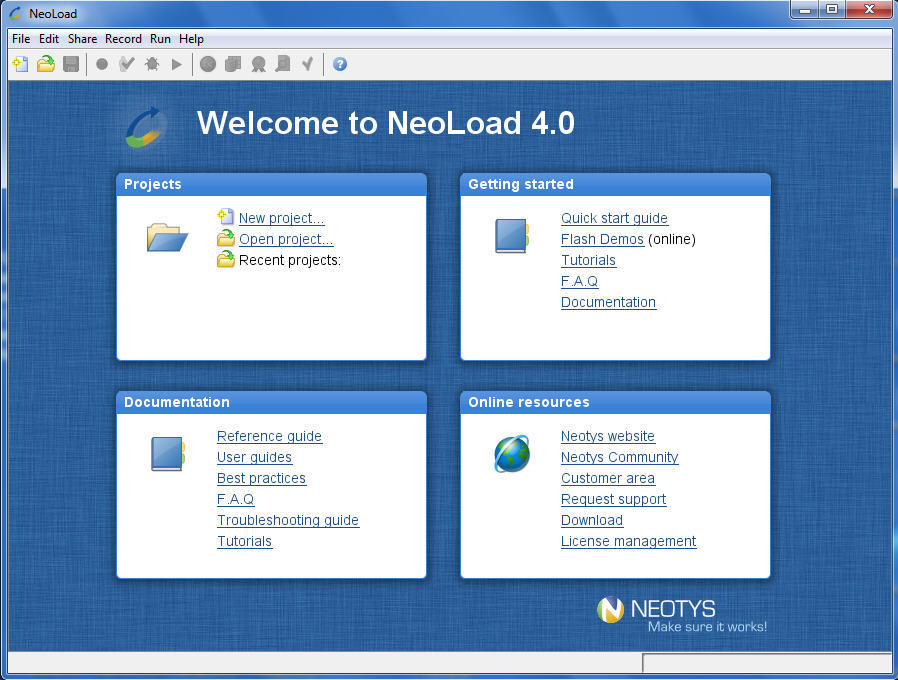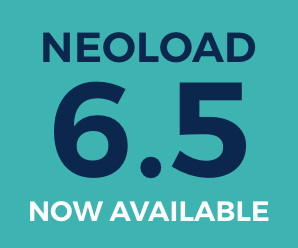
Since the first part was published, Stack Overflow published a nice performance report, giving some more stats on the Tag Engine Servers. This is the long-delayed part 2 of a mini-series looking at what it might take to build the Stack Overflow Tag Engine, if you haven’t read part 1, I recommend reading it first. There’s also a video available of my NDC London 2014 talk “Performance is a Feature!”. I’ve added a Resources and Speaking page to my site, check them out if you want to learn more. If you are running SpiraTest or SpiraTeam, then you will need to upgrade to SpiraPlan to access this functionality, since it's only available in the SpiraPlan edition of our Spira platform.The Stack Overflow Tag Engine – Part 2 - 1334 words If you like what you have seen here then the next step will be to upgrade to SpiraPlan 6.9 (once it's released in May 2021) and then follow the steps in the detailed OData tutorial that we will be publishing in SpiraDocs. You can create much more complex data that we have illustrated here, or use more complex reporting tools to create live data dashboards that let you extend SpiraPlan with customized queries that make sense to your organization. The power of OData and the ease with which you can interrogate your data and draw out insights from it makes the new API a game-changer when it comes to enterprise reporting with SpiraPlan. For instance, you can turn the data results into a pivot table to tell you how many open bugs and enhancements there are, in total, in each portfolio. The OData query API allows you to do anything with the data you want.

Joining different views/tables of data together.In addition to this simple example you can use OData to perform common query needs: With OData we can join these together to get a merged set of data: The main query is Incidents, and the secondary query is IncidentStatuses. For example, imagine for each incident that we want to get extra information about its status.

If we want to connect them together, we can use OData's query capabilities. In this example, we might have two different queries that are completely independent from each other. In addition to loading entire views, the OData protocol allows dynamic querying of the live data source: With this approach, you can connect Excel and Spira together using OData and view data from Spira live in Excel. If you choose the option to load the data, you will see the following: Transform Data: this puts the data into Excel's Power Query so that you can manipulate the data that Spira sends to Excel.Load: this loads the whole view, with all records, into a new Excel sheet in the current workbook.To see all the data you have two options: You can access pretty much all the information in your application, across all its products and templates, from these views: There is a lot here and a lot to explore. Once Excel connects to SpiraPln you see a popup "Navigator" where you can see all the different data views you can access ("query"). In this article we will be using Excel to illustrate how you can use OData, but in reality you can use any reporting tool that supports OData, for example Microsoft PowerBI.Įxcel comes with a built-in Power Query tool that can connect to OData APIs such as SpiraPlan 6.9: the top 5 most closed then reopened bugs in a product (or program)Ĭonnecting Excel to SpiraPlan using OData.get the most recent test run for each test case against each requirement assigned to a sprint.a list of how long ago each open task was assigned to the current owner.a pie chart of how many users are members of each of SpiraPlan's products.

What sort of insights can you get with OData and SpiraPlan reporting views? Here are some examples: If you can fiddle with a spreadsheet, you can stich tables of data from SpiraPlan ("joins" in database language) to get just the data you need. With OData you don't need to be a SQL expert to generate rich and dynamic insights into your data. Tools like Excel, PowerBI, Tableau support OData and can therefore communicate with SpiraPlan to access this data with just a few clicks. Whenever you use OData in SpiraPlan you are communicating through a secure intermediary (the application itself) to get data from read-only reporting views. Exclusive to SpiraPlan (6.9+), with OData you can directly query the raw data in your database in a secure and safe way. OData is an open protocol that lets you easily query data, over the web.


 0 kommentar(er)
0 kommentar(er)
